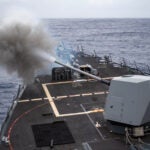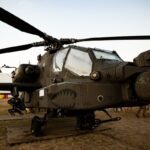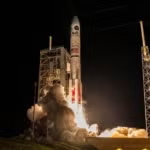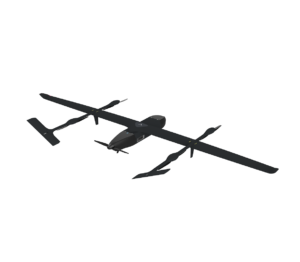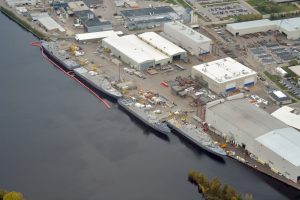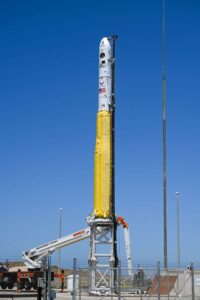
In separate congressional hearings here Tuesday, senior Energy and Defense officials declined to pin down the date at which the National Nuclear Security Administration (NNSA) might start modifying an existing warhead to create the low-yield, submarine-launched weapon sought by the Trump administration.The Pentagon has already requested 2019 funding to start work on upgrades for the Trident II D-5 missile that would carry the warhead, but the NNSA needs special permission from Congress to design, let alone create, the weapon. One way…

 By
By 